Do you have a question about the Siemens CS1140 and is the answer not in the manual?
Processes signals from various detector types including interactive and collective systems.
Supports connection of legacy fire detector series like MS6, MS7, MS9, MS24, MS716.
Offers programmable control outputs for fire control installations, supporting driver and relay outputs.
Allows flexible modification of control unit organization to meet specific customer requirements.
Ensures emergency power operation for 24 to 72 hours, dependent on system configuration.
Stores and recalls up to 1000 events chronologically and by message category.
Enables autonomous activation of extinguishing sections via dedicated control modules.
Monitors all control unit connection lines for ground faults to ensure integrity.
Features an integrated real-time clock with backup power for automatic time adjustments.
Fire detectors with advanced ASAtechnology™ for high reliability and immunity to deceptive phenomena.
Interactive fire detectors using unique logic for high detection reliability and differentiation of fire phenomena.
Addressable AnalogPLUS detectors allowing central sensitivity selection and intelligent signal evaluation.
Collective fire detectors using traditional technology with first-class sensor systems.
Allows connection of multiple control panels and terminals, mountable in shared or separate housings.
Multiple C-Bus networks can be combined into a danger management system using a gateway CK11.
Details on CI11 and CC11 control panels, including detector capacity and module limits.
Two series of control terminals are available, with mixing of standard and comfort terminals permitted.
Designed for intuitive operation with large LC-Display, on-screen guidance, and context-adjusted softkeys.
Illustrates different comfort terminal models: B3Q661 (Standard), B3Q681 (Nordic), B3Q686 (CH).
Shows the B3Q566 (Asia/Pacific) standard terminal model.
Lists various optional accessories like covers, information modules, and fire department terminals.
Details on mains voltage, power consumption, emergency power, protection category, and color options.
Specifies operating and storage temperatures, and humidity limits for the equipment.
Lists certifications and approvals such as VdS and LPCB.
Covers detector types, number of addresses/wires, network structure, loop line, and tap capabilities.
Processes signals from various detector types including interactive and collective systems.
Supports connection of legacy fire detector series like MS6, MS7, MS9, MS24, MS716.
Offers programmable control outputs for fire control installations, supporting driver and relay outputs.
Allows flexible modification of control unit organization to meet specific customer requirements.
Ensures emergency power operation for 24 to 72 hours, dependent on system configuration.
Stores and recalls up to 1000 events chronologically and by message category.
Enables autonomous activation of extinguishing sections via dedicated control modules.
Monitors all control unit connection lines for ground faults to ensure integrity.
Features an integrated real-time clock with backup power for automatic time adjustments.
Fire detectors with advanced ASAtechnology™ for high reliability and immunity to deceptive phenomena.
Interactive fire detectors using unique logic for high detection reliability and differentiation of fire phenomena.
Addressable AnalogPLUS detectors allowing central sensitivity selection and intelligent signal evaluation.
Collective fire detectors using traditional technology with first-class sensor systems.
Allows connection of multiple control panels and terminals, mountable in shared or separate housings.
Multiple C-Bus networks can be combined into a danger management system using a gateway CK11.
Details on CI11 and CC11 control panels, including detector capacity and module limits.
Two series of control terminals are available, with mixing of standard and comfort terminals permitted.
Designed for intuitive operation with large LC-Display, on-screen guidance, and context-adjusted softkeys.
Illustrates different comfort terminal models: B3Q661 (Standard), B3Q681 (Nordic), B3Q686 (CH).
Shows the B3Q566 (Asia/Pacific) standard terminal model.
Lists various optional accessories like covers, information modules, and fire department terminals.
Details on mains voltage, power consumption, emergency power, protection category, and color options.
Specifies operating and storage temperatures, and humidity limits for the equipment.
Lists certifications and approvals such as VdS and LPCB.
Covers detector types, number of addresses/wires, network structure, loop line, and tap capabilities.
| Input Impedance | 10 MΩ |
|---|---|
| Channels | 1 |
| Input Type | Voltage, Current, Resistance |
| Display | Digital |
| Power Supply | Battery |
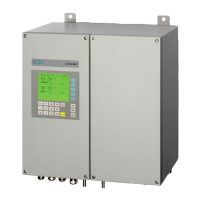
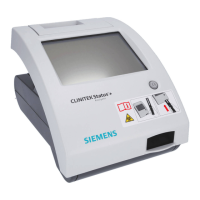
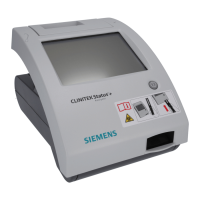
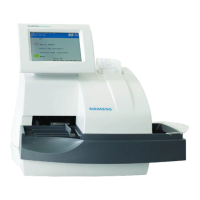



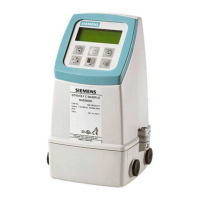
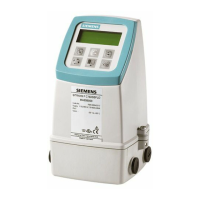

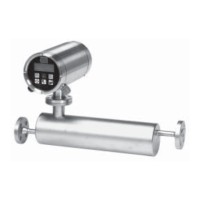

